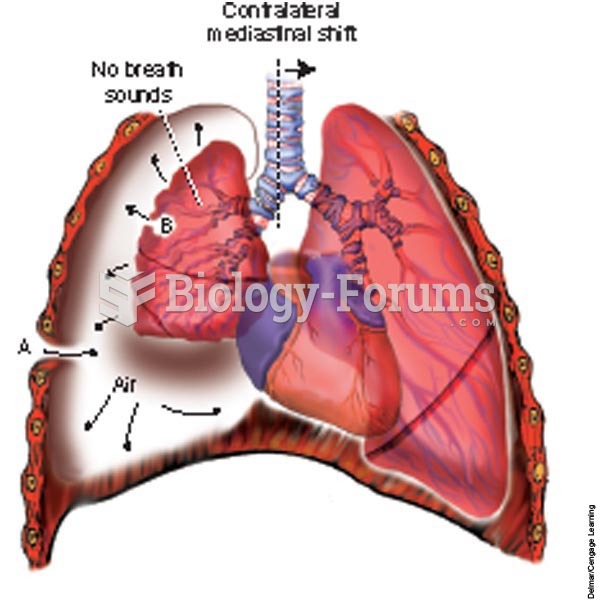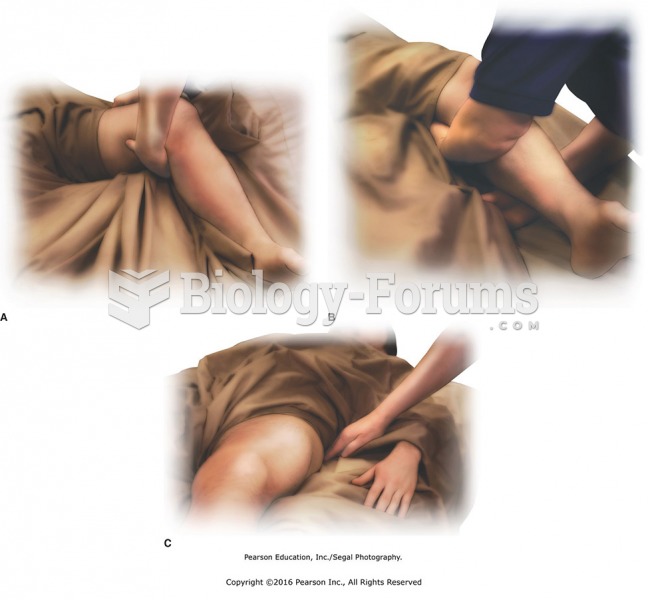Answer to Question 1
ANS: B
A. Incorrect response: When two adjacent structures normally have different densities, their borders are distinct and visible on a radiograph. For example, the right heart border and the right middle lobe lie in the same plane within the thorax, and possess different densities. Consequently, under those circumstances the right heart border is prominent on an AP chest film. When the right middle lobe becomes infiltrated from pneumonia, for example, these two adjacent structures assume the same radiodensity, and become indistinguishable on a chest radiograph. The obliteration of the right heart border in this situation represents the presence of the silhouette sign.
B. Correct response: When a patient with a pneumothorax is supine, the extra-alveolar air moves to the highest point in the chest, which is the anterior cardiophrenic sulcus. Because air in this region does not create a visible edge between the pleurae and the x-ray beam, radiographic clues to the presence of pneumothorax are more subtle in the supine position. In this position a pneumothorax may demonstrate a deep sulcus sign, which refers to air accumulating anteriorly, and over the lower lung region, causing depression of the ipsilateral diaphragm.
C. Incorrect response: The lateral neck radiograph of a patient with epiglottitis often demonstrates the epiglottis as markedly thickened and flat. This radiographic presentation is described as the thumb sign.
D. Incorrect response: Normally, patent airways are not visible in the outer two thirds of the lungs on a chest radiograph because a contrast is lacking between the air in the airways and the air in the lungs. However, when the airways become fluid-filled, lucent tubular opacities, known as air bronchograms, become visible.
Answer to Question 2
ANS: C
A. Incorrect response: Barotrauma is manifested as extra-alveolar air from pneumothoraces, pneumomediastinum, and pulmonary interstitial emphysema.
B. Incorrect response: Atelectrauma is lung injury resulting from mechanical stresses associated with repetitive alveolar collapse and reopening.
C. Correct response: Volutrauma is lung injury resulting from mechanical stretch, which leads to alveolar-capillary barrier disruption and increases in endothelial and epithelial permeability.
D. Incorrect response: Biotrauma develops with increases in pulmonary and systemic inflammatory mediators from mechanical lung injury that may further contribute to the development of ventilator-induced lung injury (VILI) and multiple organ dysfunction syndrome (MODS).







